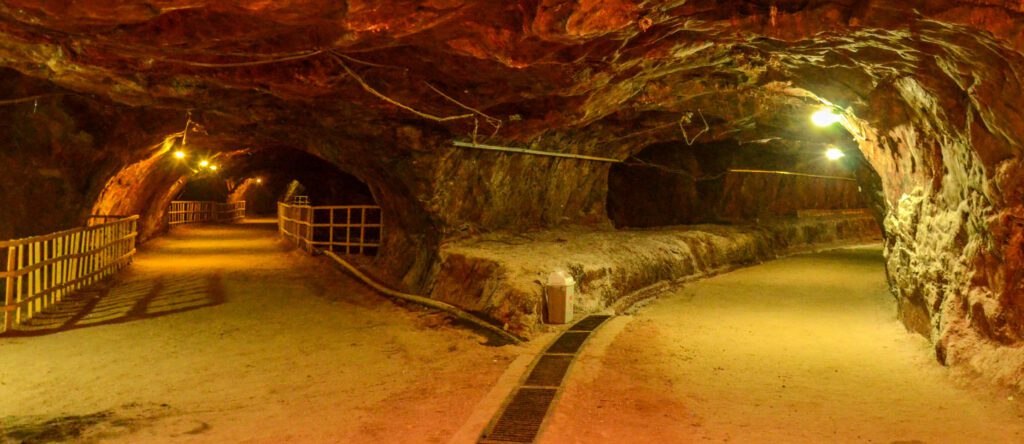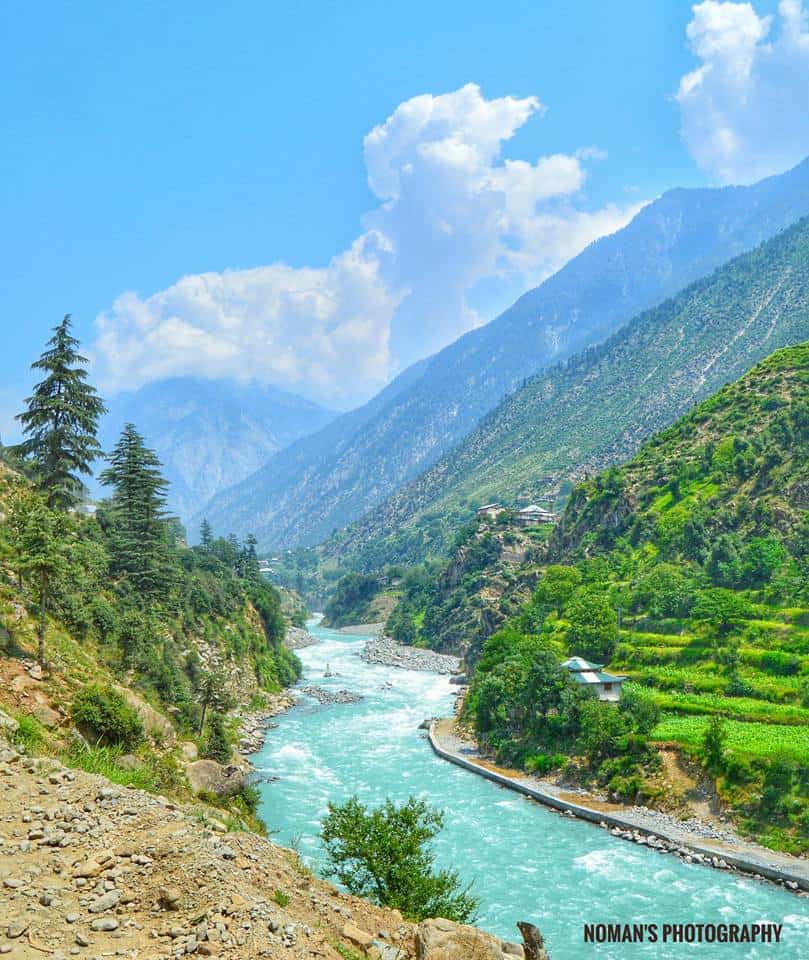
Khewar Salt Mines
History
IN 326 BC, ALEXANDER THE Extraordinary, the Greek Lord popular for prevailing a domain extending from Asia into Africa and Europe, was making his way over Pakistan. Ceasing his armed force for a rest within the zone presently known as Khewra, Alexander’s horse started licking the stones on the ground. Seeing that all the steeds were doing so and taking note, a trooper himself attempted one and found that the rocks were very salty. The Khewra salt stores had been found.
The Khewra Salt Mine is additionally known as Mayo Salt Mine, in honor of Ruler Mayo, who gone by it as Emissary of India. The mine may be a portion of a salt run that started around 800 million a long time prior, when dissipation of a shallow ocean taken after by geographical development shaped a salt extend that extended for around 300 kilometers (185 miles). The salt saves at Khewra were found when Alexander the Extraordinary crossed the Jhelum and Mianwali locale amid his Indian campaign. The mine was found, in any case, not by Alexander, nor by his partners, but by his army’s steeds, when they were found licking the stones. Weak steeds of his armed force too recouped after licking the shake salt stones.
Amid the Mughal time the salt was exchanged in different markets, as distant absent as Central Asia. On the destruction of the Mughal realm, the mine was taken over by Sikhs. Hari Singh Nalwa, the Sikh Commander-in-Chief, shared the administration of the Salt Run with Gulab Singh, the Raja of Jammu. The previous controlled the Warcha mine, whereas the last mentioned held Khewra. The salt quarried amid Sikh run the show was both eaten and utilized as a source of revenue in 1872, at some point after they had taken over the Sikhs’ domain, the British created the mine assist.
They found the mining to have been wasteful, with sporadic and limit burrows and passages that made the development of Laboure’s troublesome and unsafe. The supply of water interior the mine was destitute, and there was no capacity office for the mined salt. The as it where street to the mine was over troublesome, rough landscape. To address these issues the government leveled the street, built distribution centers, given a water supply, moved forward the passages and burrows, and presented distant better an improved” stronger instrument for unearthing of salt. Punishments were presented to control salt carrying. Whereas working with Topographical Study of India within the 1930s and 1940s, Birbal Sahni found prove of angiosperms, gymnosperms and creepy crawlies interior the mine which he respected as beginning from the Eocene period, but which Michael Cremo affirmed begun from the Cambrian period. In any case, Cremo’s conclusion isn’t backed by modern geologists.




